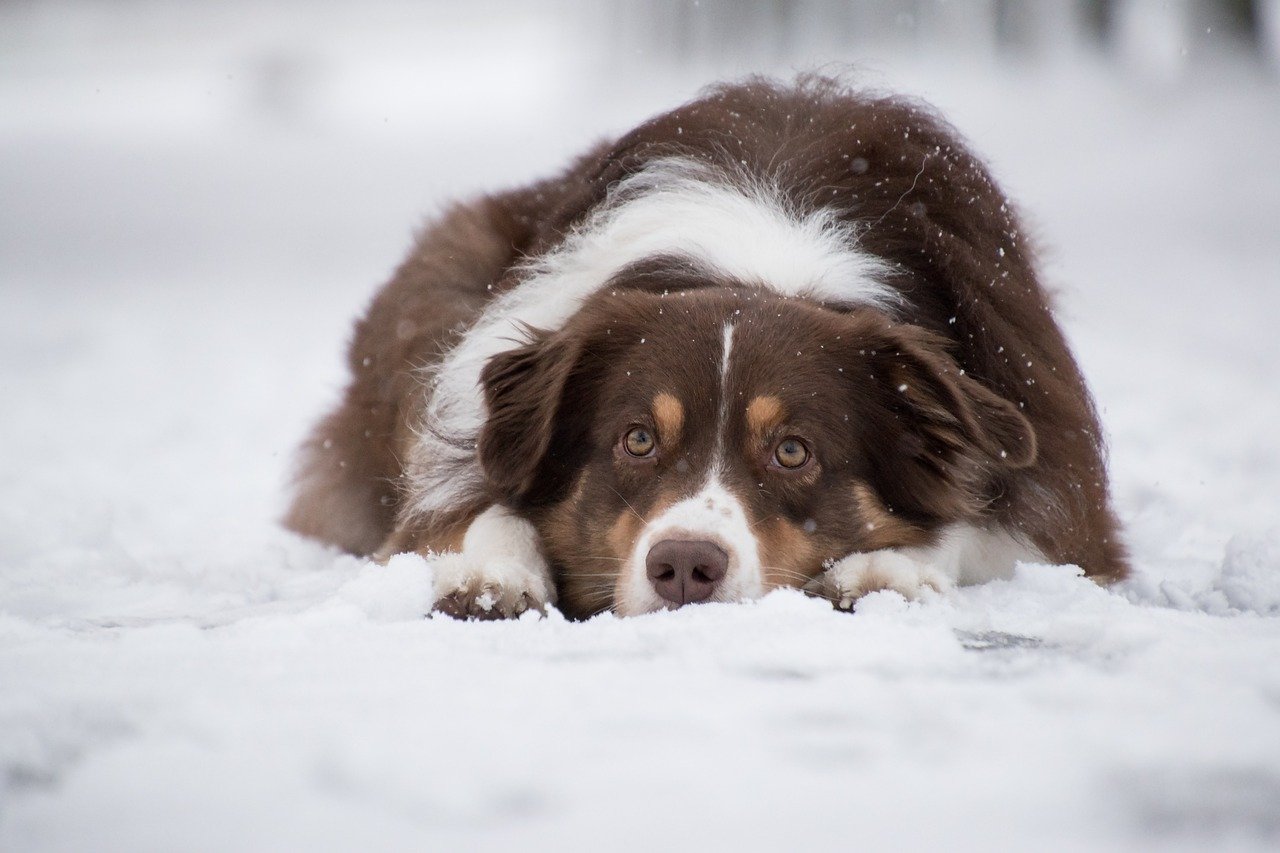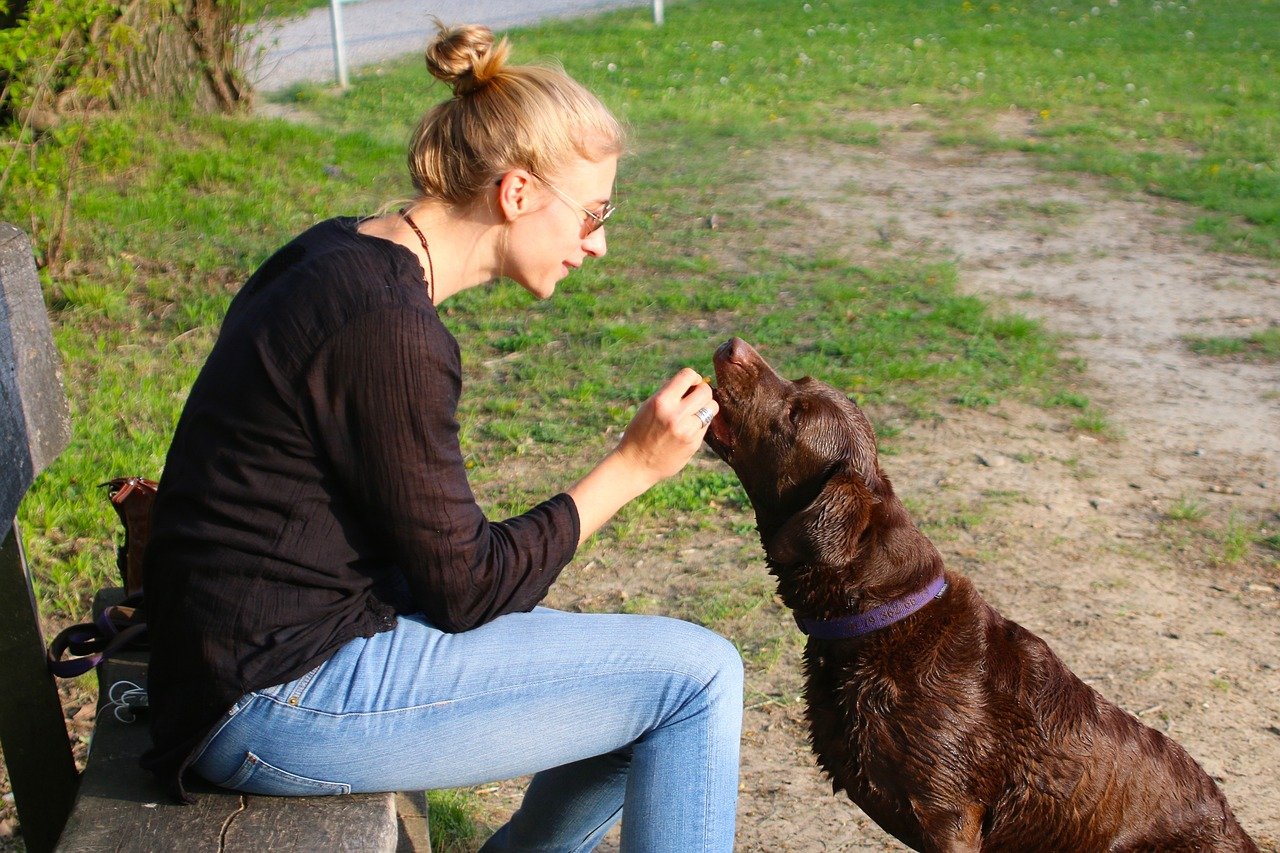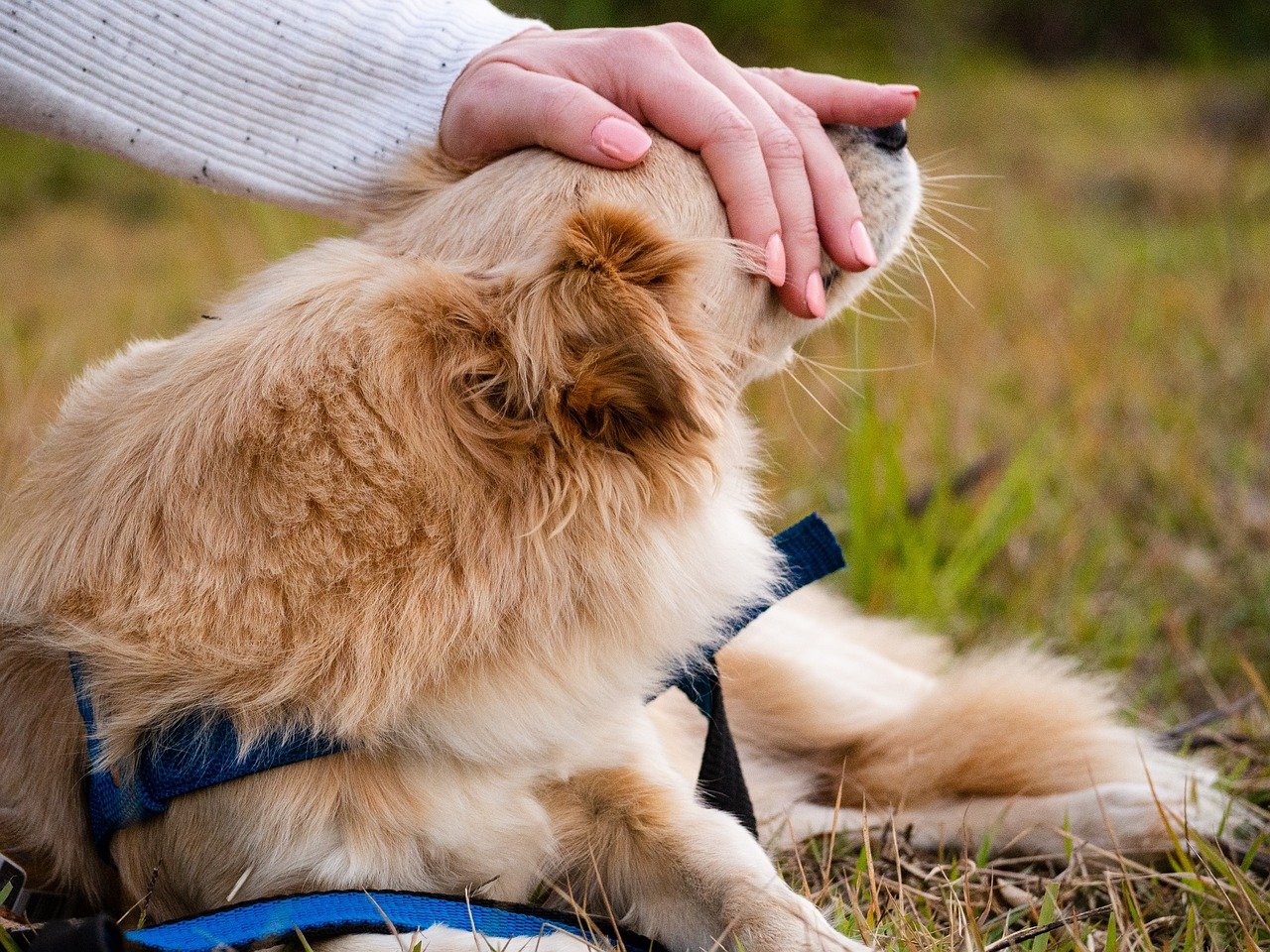Imagine coming home to a dog who greets you with a polite nod instead of a shower of kisses. That’s life with an independent breed—reserved, self-sufficient, and sometimes mistaken as aloof. But beneath that calm exterior lies a beating heart with emotional needs just as deep as any cuddly lapdog. If you think your Shiba Inu, Basenji, or Afghan Hound doesn’t crave more than food and exercise, think again. Let’s uncover the subtle, often-missed ways you can nurture your independent dog’s soul and build a bond that’s stronger than silence.
1. Respect for Personal Space

Independent breeds are notorious for valuing their own space. Unlike velcro dogs, they often retreat to quiet corners or beds, signaling their need for alone time. It’s easy to misinterpret this as disinterest, but in truth, these dogs recharge by themselves, much like introverted humans.
Cramming affection or forcing cuddles can actually stress them out, leading to avoidance or even defensive behaviors. Allow your dog to initiate contact and provide cozy, low-traffic zones where they can decompress without disturbance. Their trust grows when you respect their boundaries.
2. Mental Stimulation Beyond the Basics
A bored independent dog is a recipe for trouble—think shredded throw pillows or elaborate escape attempts. These breeds often have sharp minds that crave challenge, even if they don’t beg for attention.
Rotating puzzle toys, scent games, or advanced obedience work can light up their world. Try hiding treats around the house or introducing new skills every week. Watch for signs like restlessness or repetitive behaviors, which often mean they need more brain workouts.
3. Meaningful Social Interaction
Just because your dog isn’t a social butterfly doesn’t mean they don’t need friends. Independent breeds benefit from controlled, positive socialization experiences—both with humans and other dogs.
Short, structured playdates or calm walks with familiar people and pets can help prevent loneliness and behavioral issues. If your dog seems withdrawn or wary, introduce new faces slowly, always rewarding relaxed body language and gentle curiosity.
4. Consistent Routine and Predictability
Change can rattle even the most self-reliant pooch. Independent dogs thrive on knowing what to expect, from mealtimes to walks to bedtime rituals. Surprises or sudden shifts in routine can lead to anxiety or stubbornness.
Keep feeding times, exercise, and quiet moments as predictable as possible. If you must change things up, use gentle cues and give your dog time to adjust. Watch for pacing, whining, or accidents—these are subtle signals your dog needs more stability.
5. Gentle Acknowledgment of Achievements

Many independent breeds aren’t motivated by gushing praise or high-energy celebrations. They might even shy away from loud clapping or excited squeals. But they still appreciate recognition—in their own quiet way.
A calm “good job,” a soft ear scratch, or a favorite treat goes a long way. Celebrate their successes with respect for their temperament, and you’ll see them offer more of those wins on their own terms.
6. Physical Affection on Their Terms

It’s tempting to smother your dog with hugs, but independent breeds often prefer subtle gestures. Leaning against your leg, a brief nose nudge, or lying beside you are their versions of “I love you.”
Pay attention to their cues—if they freeze, turn away, or yawn, it’s a polite request for space. Instead, offer gentle pats or let them settle near you during quiet moments. Affection that respects their comfort builds deep trust over time.
7. Opportunities for Choice and Autonomy
Giving your independent dog choices can be surprisingly empowering. Let them pick their walking route, choose between toys, or decide where to rest. These small freedoms show respect for their strong-willed nature.
If your dog hesitates or seems uneasy, step back and let them lead. Autonomy reduces stress and can even boost their confidence, turning everyday moments into trust-building exercises.
8. Safe Outlets for Natural Instincts

Many independent breeds were developed to work alone—herding, hunting, or guarding without constant human input. These instincts don’t just disappear in a modern home.
Provide safe ways for them to express their natural drives. For a sighthound, that might be a fenced yard to run; for a terrier, supervised digging spots or scent games. Channeling their instincts keeps them happy, fulfilled, and far less likely to invent their own (destructive) entertainment.
9. Emotional Validation During Stress
When faced with thunderstorms, vet visits, or unfamiliar guests, even the most stoic dog can become anxious. Independent breeds often hide their stress, but you can spot it in tucked tails, lip licking, or avoidance.
Don’t brush off their fears or force them to “just get over it.” Offer comfort in a quiet, low-pressure way—a soft voice, a familiar blanket, or simply sitting nearby. Acknowledging their feelings teaches them you’re a safe haven, no matter what.
10. Time to Bond in Low-Key Ways

Not every bonding moment needs to be an adventure. Independent dogs often cherish shared time that’s calm—like sitting together on the porch, gentle brushing, or a peaceful stroll.
These quiet rituals build a deep, unspoken connection. Over time, you’ll notice your dog seeking your company in subtle ways, proving that even the most independent spirit still wants to belong.

Esther is from India; the heartbeat of South Asia, holding a Master’s degree in Zoology and a postgraduate diploma in Animal Welfare. Her enthusiasm for animal welfare drives her passion and dedication to working for animals, ensuring their well-being, and advocating for their rights. With a solid academic background and hands-on experience, she is committed to making a positive impact in the field of animal welfare. In her free time, she enjoys embroidery and sewing. As a Chennaite from Tamil Nadu, Esther loves Bharathanatyam, an Indian classical dance form.





